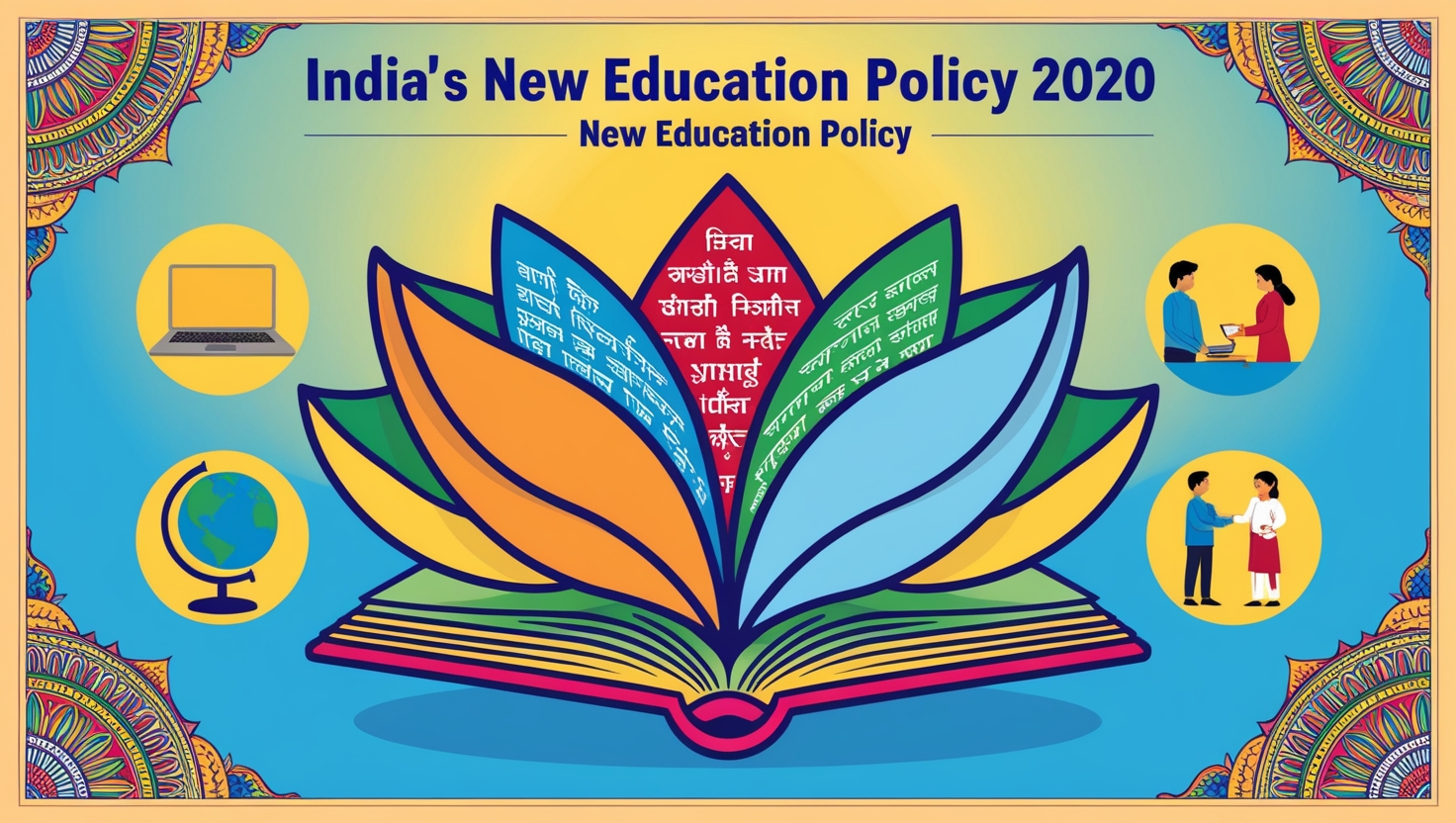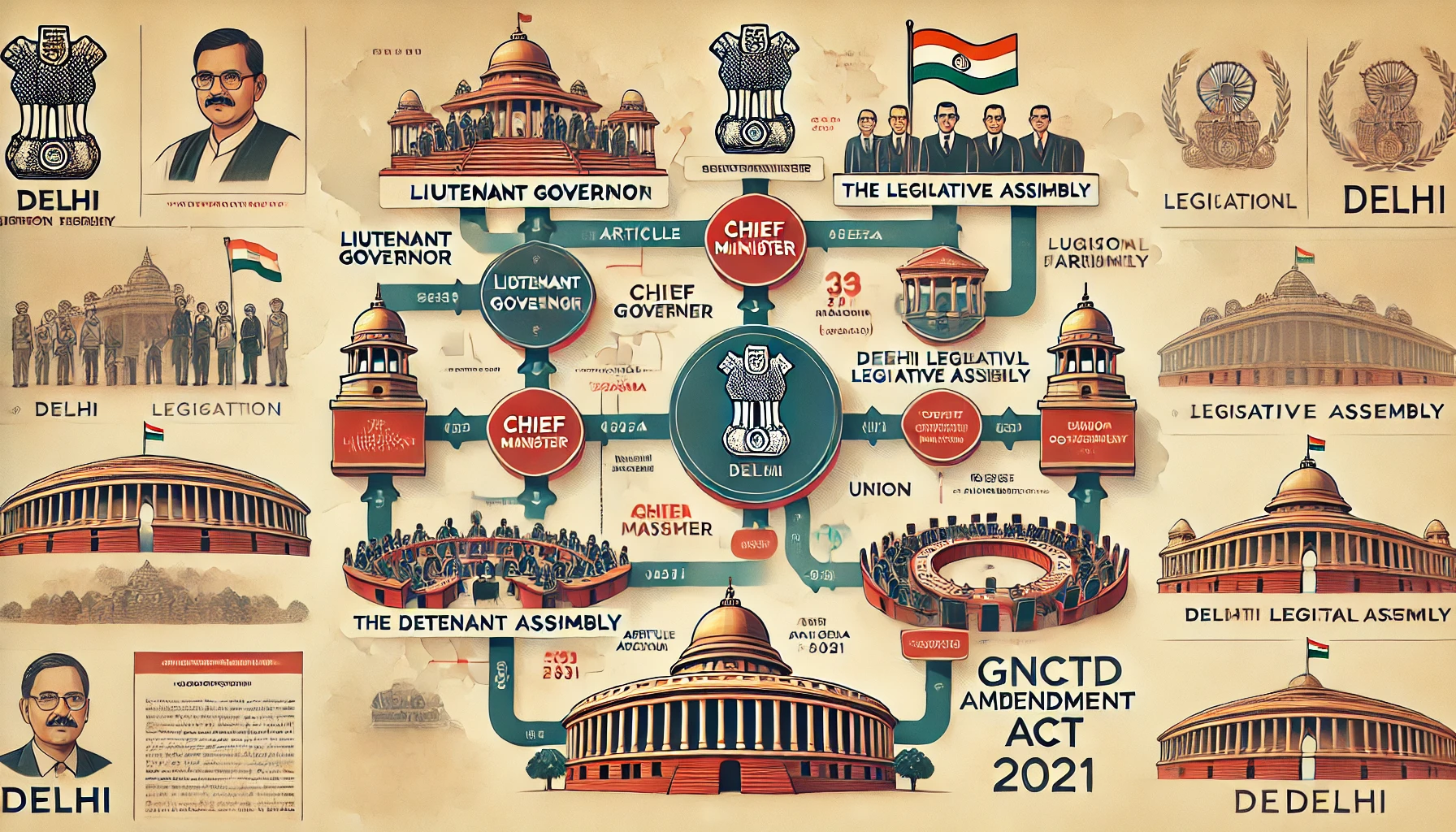In a rapidly evolving world, education systems must be agile and forward-thinking to prepare students for the future. India’s New Education Policy (NEP) 2020, the first major overhaul since 1986, represents a groundbreaking shift in the nation’s educational landscape. This comprehensive policy aims to address the diverse needs of students, integrate technology, and preserve cultural heritage while preparing learners for a future filled with opportunities and challenges. This blog merges various perspectives to provide a holistic view of NEP 2020, its key features, potential impacts, and the challenges it faces.
1. A Comprehensive Guide to NEP 2020
The New Education Policy 2020 introduces several transformative changes across all levels of education. Its aim is to create a more inclusive, flexible, and modern educational system that meets the demands of the 21st century.
Key Features of NEP 2020:
- Revamping School Education: The policy emphasizes reducing school bag weight, introducing vocational education early on, and integrating technology through the National Educational Technology Forum (NETF). This will facilitate a more experiential learning approach, where students engage in hands-on activities rather than rote memorization.
- Reforming Higher Education: NEP 2020 advocates for multidisciplinary education, allowing students to choose courses across different disciplines. The establishment of the Higher Education Commission of India (HECI) will oversee accreditation and regulatory aspects, aiming to improve quality and accountability in higher education institutions.
- Early Childhood Education (ECCE): A new National Curriculum Framework (NCF) for ECCE will focus on foundational literacy and numeracy, laying a strong base for lifelong learning.
- Vocational Training: The policy integrates vocational education into the school curriculum starting from Grade 6 and strengthens the National Skill Qualification Framework (NSQF) to ensure industry-relevant training.
- Cultural and Linguistic Integration: NEP 2020 promotes the use of mother tongue or regional languages as the medium of instruction in early education and incorporates Indian culture into the curriculum to foster a sense of identity and pride among students.
2. NEP 2020: A New Dawn for Indian Education
The NEP 2020 represents a new dawn for Indian education, aiming to align educational outcomes with modern needs and future demands.
Transformative Changes:
- Personalized Learning: By focusing on experiential learning and critical thinking, NEP 2020 aims to cater to individual learning needs and preferences, moving away from traditional rote learning.
- Technology Integration: The policy supports the use of digital tools and resources, enhancing teaching and learning experiences and preparing students for a tech-driven future.
- Vocational Education: Early introduction of vocational courses will provide practical skills and industry exposure, helping students make informed career choices and bridging the gap between education and employment.
Potential Benefits:
- Enhanced Learning Outcomes: NEP 2020’s focus on critical thinking and problem-solving will likely lead to deeper understanding and better academic performance.
- Increased Employability: Vocational training and multidisciplinary education can improve job readiness and open diverse career pathways.
- Cultural Preservation: The policy’s emphasis on regional languages and cultural content helps preserve India’s rich heritage and fosters a sense of national identity.
3. Bridging the Gap Between Education and Employment
One of NEP 2020’s primary goals is to bridge the gap between education and employment by aligning educational outcomes with industry needs.
Focus Areas:
- Vocational Integration: Integrating vocational education into the school curriculum from an early age ensures that students acquire practical skills and gain industry experience, making them more job-ready.
- Multidisciplinary Learning: Allowing students to choose courses across different disciplines fosters a more holistic approach to education and supports diverse career aspirations.
- Technological Advancements: The policy’s emphasis on incorporating technology into education aims to enhance learning and research capabilities, preparing students for the digital economy.
Impact on Employment:
- Skill Development: The focus on vocational training helps develop skills that meet industry standards, improving students’ employability.
- Career Readiness: A multidisciplinary approach equips students with a broad range of skills and knowledge, making them adaptable to various career opportunities.
Implementation Challenges:
- Curriculum Updates: Revamping curricula to include vocational training and multidisciplinary options requires significant effort and resources.
- Teacher Training: Educators need training to effectively deliver new curricula and integrate technology into teaching.
- Industry Collaboration: Ensuring that vocational training aligns with industry needs requires collaboration between educational institutions and industry stakeholders.
4. Exploring the Cultural Impact of NEP 2020
NEP 2020 places a strong emphasis on cultural and linguistic integration, aiming to preserve and promote India’s rich heritage.
Cultural and Linguistic Aspects:
- Mother Tongue Instruction: Encouraging the use of regional languages as the medium of instruction in early education can enhance learning outcomes and support cultural preservation.
- Cultural Content: Incorporating Indian cultural and historical elements into the curriculum fosters a sense of identity and pride among students.
Benefits for Students:
- Cultural Awareness: Exposure to regional languages and cultural content helps students develop a deeper understanding of their heritage.
- Improved Learning Outcomes: Studies suggest that learning in one’s mother tongue can lead to better comprehension and academic performance.
Challenges:
- Teacher Proficiency: Ensuring that teachers are proficient in regional languages and capable of delivering culturally relevant content can be challenging.
- Curriculum Development: Developing curricula that balance educational content with cultural and linguistic elements requires careful planning and resources.
5. NEP 2020: Addressing the Future of Education
NEP 2020 is designed with a forward-looking approach to address the evolving needs of education in the 21st century.
Forward-Looking Reforms:
- Critical Thinking and Innovation: The policy emphasizes developing critical thinking and problem-solving skills, encouraging innovation and creativity among students.
- Flexible Education Pathways: NEP 2020 allows for greater flexibility in course selection, supporting diverse interests and career paths.
- Technology Integration: Embracing digital tools and resources in education prepares students for a technology-driven future and fosters innovation.
Future Prospects:
- Adaptability: NEP 2020 aims to equip students with skills to adapt to changing job markets and technological advancements.
- Innovative Learning: The policy promotes innovative teaching methods and the use of technology to create engaging and effective learning environments.
Implementation and Evaluation:
Successful implementation will require ongoing evaluation and adaptation to meet emerging educational needs and technological advancements. Ensuring equitable access to resources and training will be crucial for achieving the policy’s goals.
Conclusion India’s New Education Policy 2020 represents a landmark reform designed to create a more inclusive, flexible, and forward-thinking education system. By focusing on experiential learning, vocational training, technological integration, and cultural preservation, NEP 2020 aims to prepare students for a dynamic and rapidly changing world. However, the successful realization of these goals will depend on effective implementation, addressing challenges related to resources, teacher training, and ensuring that all students benefit from these reforms. As India embarks on this transformative journey, the collective efforts of policymakers, educators, and communities will play a vital role in shaping the future of education in the nation.



